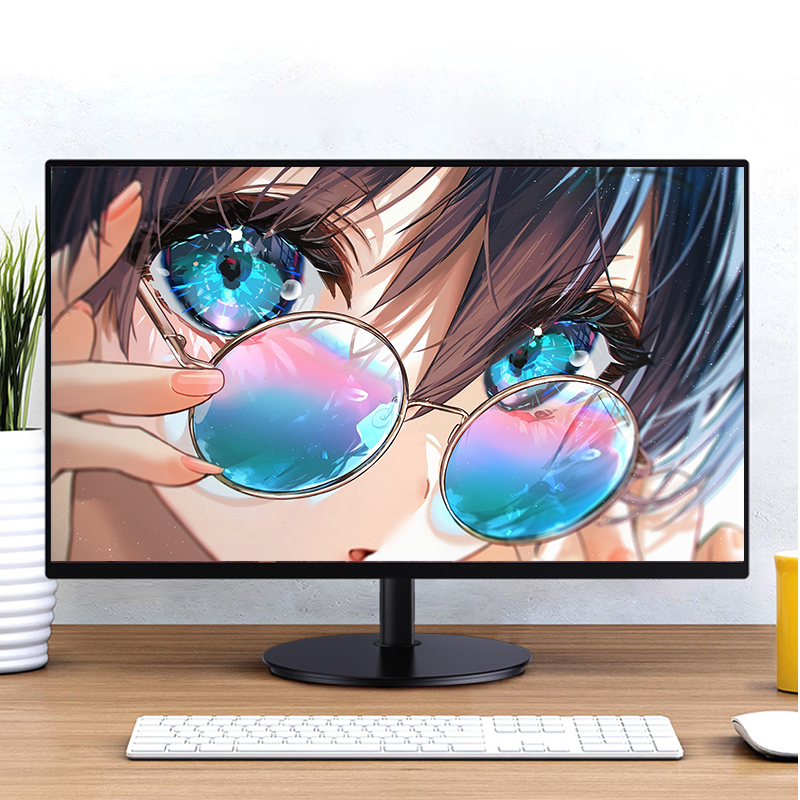
- Determine Your Needs: Before purchasing a monitor, it’s important to consider what you’ll be using it for. Do you need a large screen for multitasking or a smaller one for focused work? Will you be using it primarily for typing documents, or will you be using it to edit photos and videos? This will help determine the size and type of monitor that best fits your needs.
- Consider the Panel Type: There are several different types of panels used in LCD monitors, including TN, IPS, and VA. TN panels are the most common and are known for their fast response time and low cost. IPS panels provide better color accuracy and wider viewing angles, but can be more expensive. VA panels offer the best contrast ratio, but have slower response times.
- Check the Resolution: The resolution of a monitor is the number of pixels it can display horizontally and vertically. For a resolution of 1920 x 1080, look for a monitor that is labeled as “Full HD” or “1080p”. This resolution provides a clear, sharp image and is suitable for most office work.
- Look for a Good Viewing Angle: The viewing angle of a monitor is the angle at which you can see the screen clearly without any color shift or loss of brightness. A good viewing angle is especially important if multiple people will be using the monitor. Look for a monitor with an IPS panel, as they generally have wider viewing angles.
- Consider Connectivity: Make sure the monitor has the connectivity options you need, such as HDMI, DisplayPort, and VGA. If you plan to connect your laptop or mobile device, make sure the monitor has the appropriate ports.
- Think About Ergonomics: A monitor with good ergonomics will help prevent eye strain and neck pain. Look for a monitor that can be adjusted for height and angle, and has a built-in cable management system to keep cords organized.
- Set Your Budget: Office LCD monitors are available at a wide range of prices. Determine a budget before you start shopping, and look for a monitor that provides the features and performance you need within your budget.
- Read Reviews: Before making a purchase, read reviews from other customers to get an idea of the quality and reliability of the monitor you’re interested in.
In conclusion, purchasing an office LCD monitor with a resolution of 1920 x 1080 requires careful consideration of your needs, the panel type, resolution, viewing angle, connectivity, ergonomics, budget, and reviews. By taking the time to consider these factors, you can ensure that you find the right monitor for your office needs.

